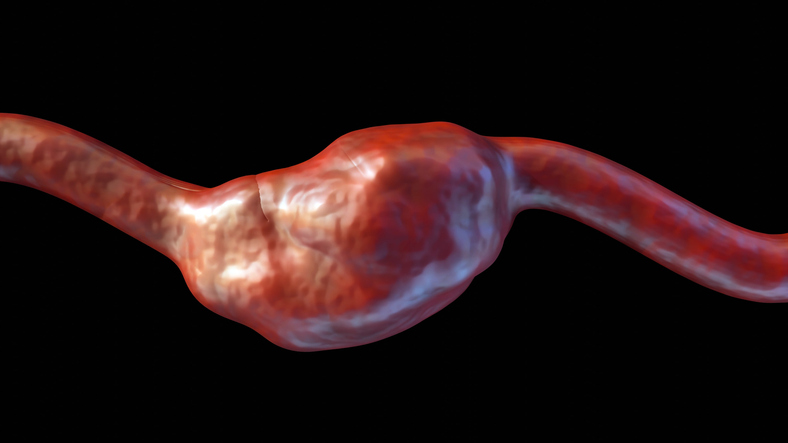
The 2021 American Heart Association and the American College of Cardiology chest pain guidelines are the first comprehensive guideline focused solely on the evaluation and diagnosis of chest pain, a case of more than 6.5 million emergency department and 4 million outpatient visits annually in the U.S. Here are the top 10 takeaways.
- Chest Pain Means More Than Pain in the Chest – ischemic “chest pain” may extend beyond the chest and involve the shoulder, jaw, epigastrium, neck and/or back. We should use several features to assess the likelihood that a given patient’s symptoms may be related to myocardial ischemia.
- High-Sensitivity Troponins Preferred – high sensitivity troponins (hsTn) improve diagnostic accuracy for identifying or excluding myocardial injury and are therefore now the preferred biomarker. In contrast, creatine kinase myocardial isozyme (CKMB) and myoglobin should no longer be used when hsTn is available.
- Early Care for Acute Symptoms – while most chest pain will be of noncardiac origin, patients should seek immediate medical care with the emphasis on acute detection of life-threatening causes.
- Share the Decision-Making – stable patients should be engaged in patient-centered and informed shared decision making to determine the most appropriate management.
- Testing Not Needed Routinely for Low-Risk Patients – urgent diagnostic evaluation of chest pain deemed to be low risk may be deferred. Assessment of risk is therefore critical to inform the diagnostic approach.
- Pathways – standardized clinical decision pathways for chest pain evaluation and management should be used routinely.
- Accompanying Symptoms – women are more likely to present with associated symptoms (i.e., nausea, dyspnea, etc.). These are important to recognize to decrease the historic underdiagnosis of cardiovascular disease in women.
- Identify Patients Most Likely to Benefit from Further Testing – symptomatic patients with intermediate or greater pre-test risk for coronary disease will derive the greatest benefit from further testing.
- Noncardiac Is In, Atypical Is Out – “atypical” chest pain is misleading and may result in false reassurance. Rather, use “cardiac,” “possibly cardiac,” or “noncardiac” adjectives to define the etiology more clearly.
- Structured Risk Assessment Should be Used – the risk for coronary artery disease and adverse events in symptomatic patients should be estimated using evidence-based diagnostic protocols.
According to Chair of the guideline writing group Dr. Martha Gulati, MD, MS, FACC, FAHA, a professor of cardiology and former academic division chief of the division of cardiology at the University of Arizona in Phoenix, “this standard approach provides clinicians with the guidance to better evaluate patients with chest pain, identify patients who may be having a
cardiac emergency and then select the right test or treatment for the right patient.”
For more on these landmark practice changing guidelines, visit the ACC’s Guideline Hub.







 © 2025 Mashup Media, LLC, a Formedics Property. All Rights Reserved.
© 2025 Mashup Media, LLC, a Formedics Property. All Rights Reserved.